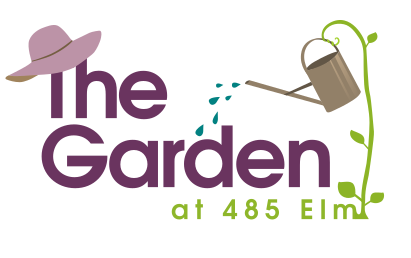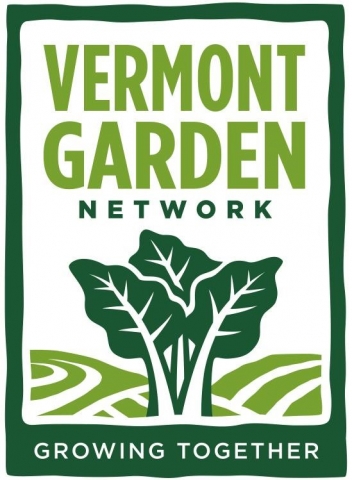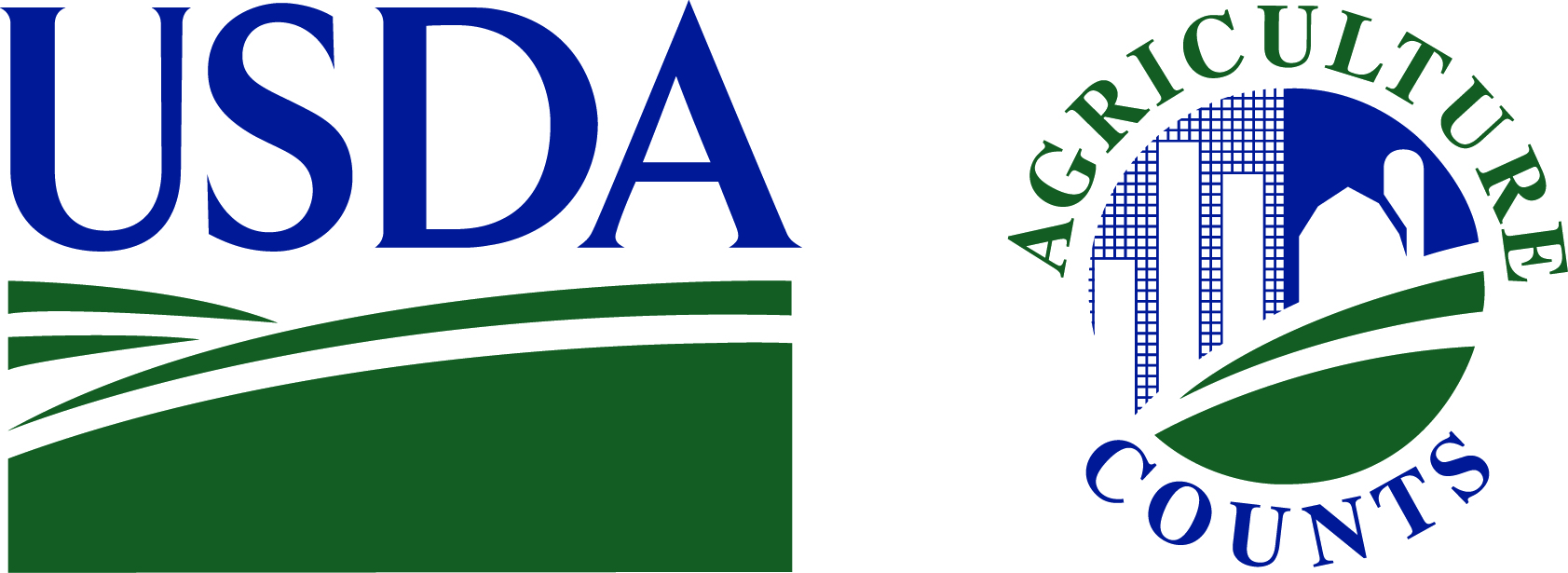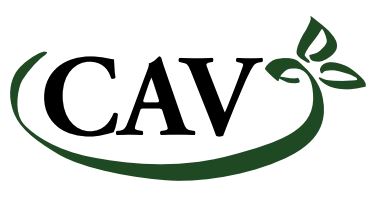With nighttime temperatures still dipping into the low 30s, seeds for cold-hardy plants are sown and work parties happen every other week or so.
The big push, when everything happens at once and gardeners scramble to prep beds, plant seeds and seedlings, and keep all the younglings watered is still to come. May and June will be hopping! For now, gardening proceeds at a relaxing pace.
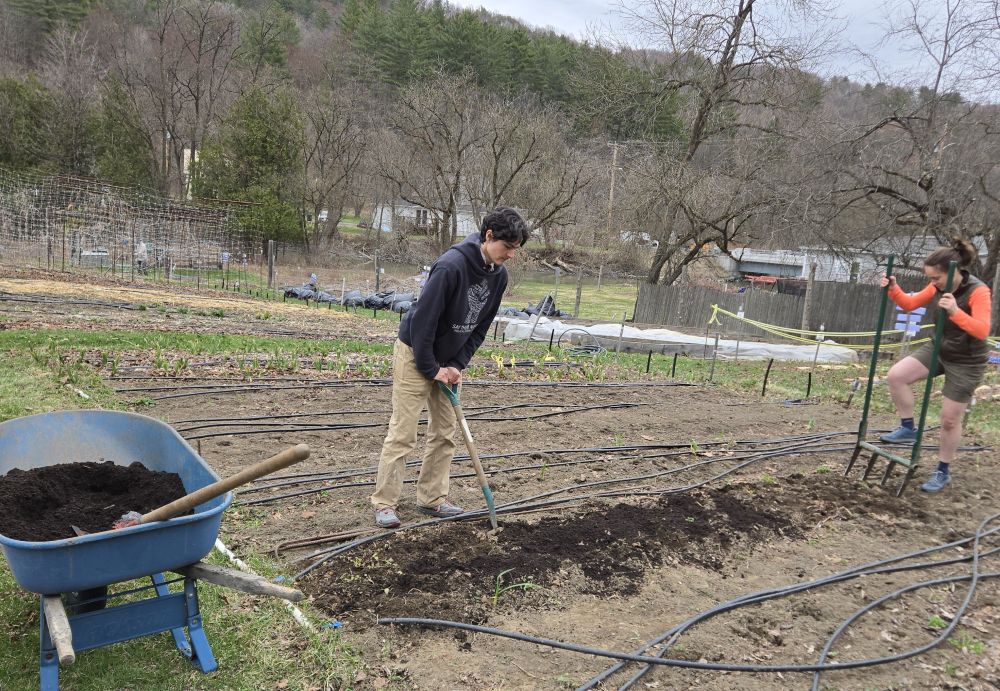
Gardeners loosen soil, work compost into it, and prep rows for planting carrots and beets.
The large tool the gardener on the right is using is a broadfork, or deep spader. Even turning over soil with a shovel is avoided due to its disruption of what lies beneath. This is a no-till garden where we value soil structure and the microbes that rely on it to survive, in turn nourishing the soil.

One gardener finishes up working the compost into the soil while another plants beet seeds.
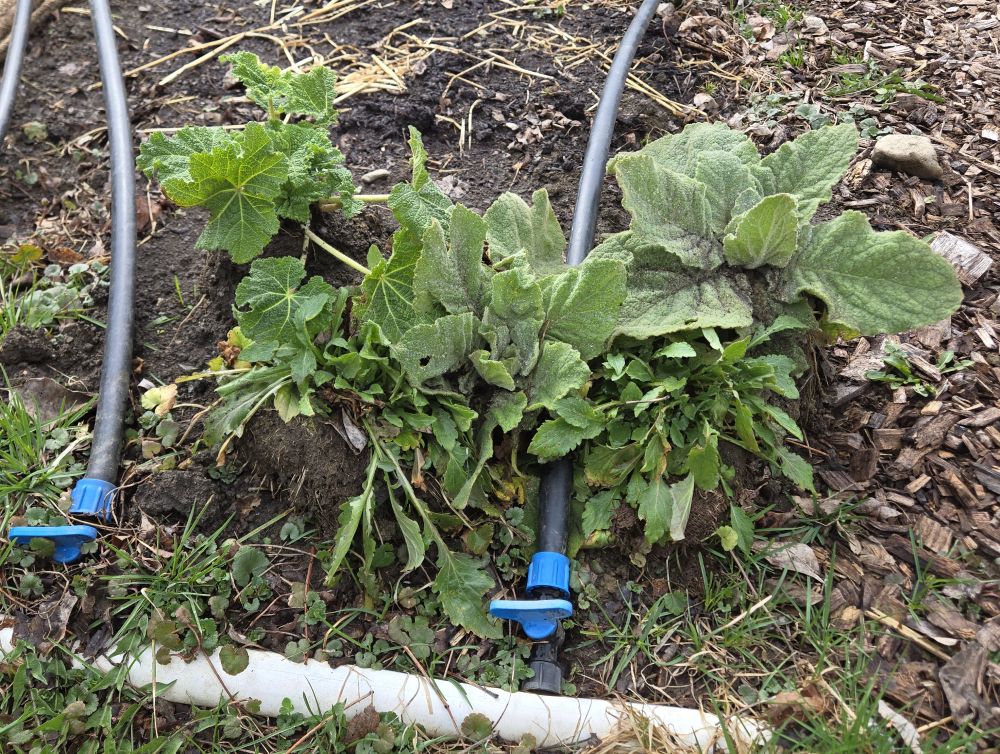
The first task to prep rows for planting is weeding. Here are mullein and hollyhock that were removed to the end of the row. Gardeners are welcome to plant them here, outside the garden fence, or take them home to plant where they live or work. This is the beauty of experienced gardeners who can identify what they weed. Beginners learn from them and call on seasoned gardeners for plant ID and tips on what to do with viable plants.
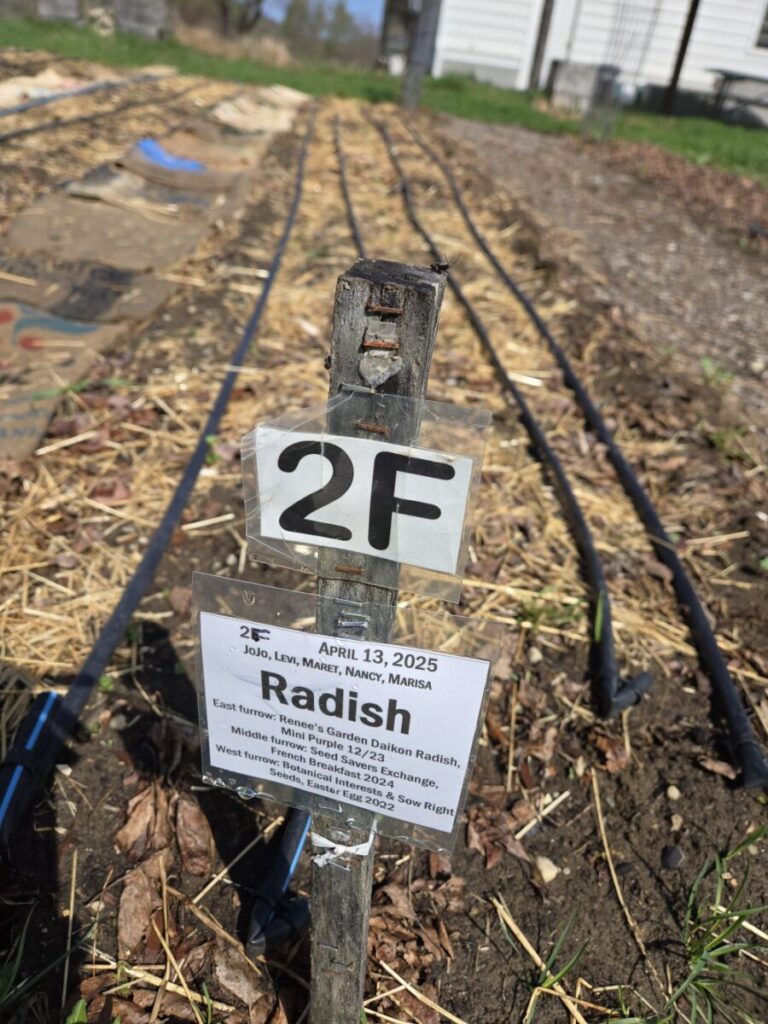

Radish seeds planted on April 13 peek out as tiny seedlings on April 29.
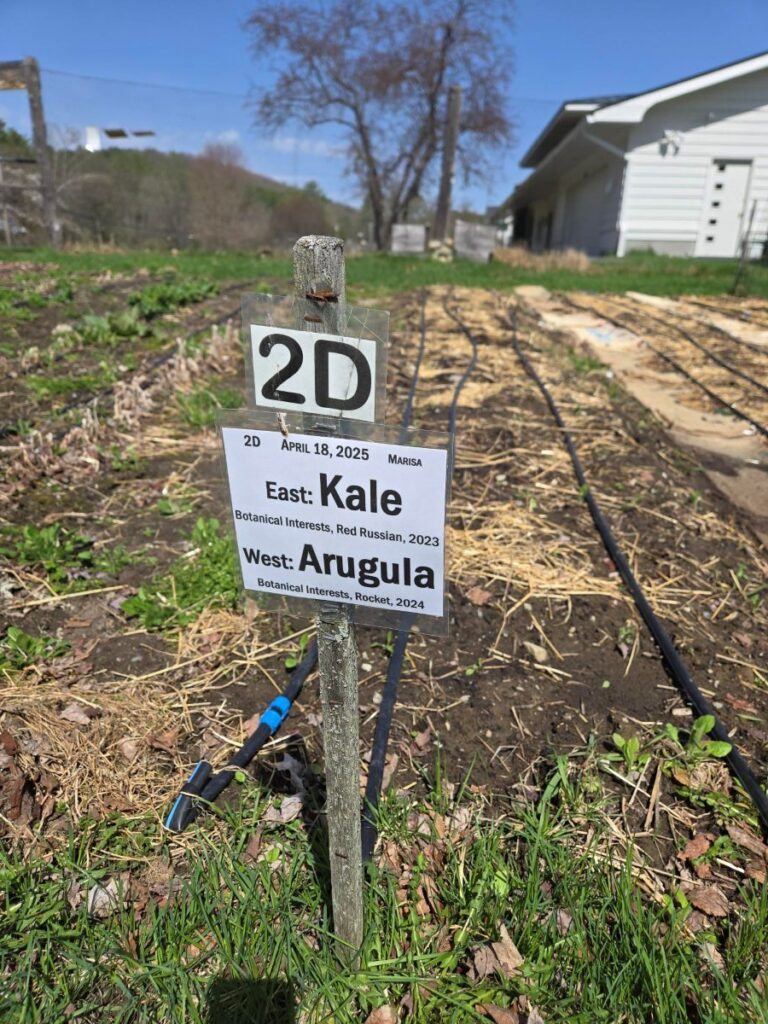
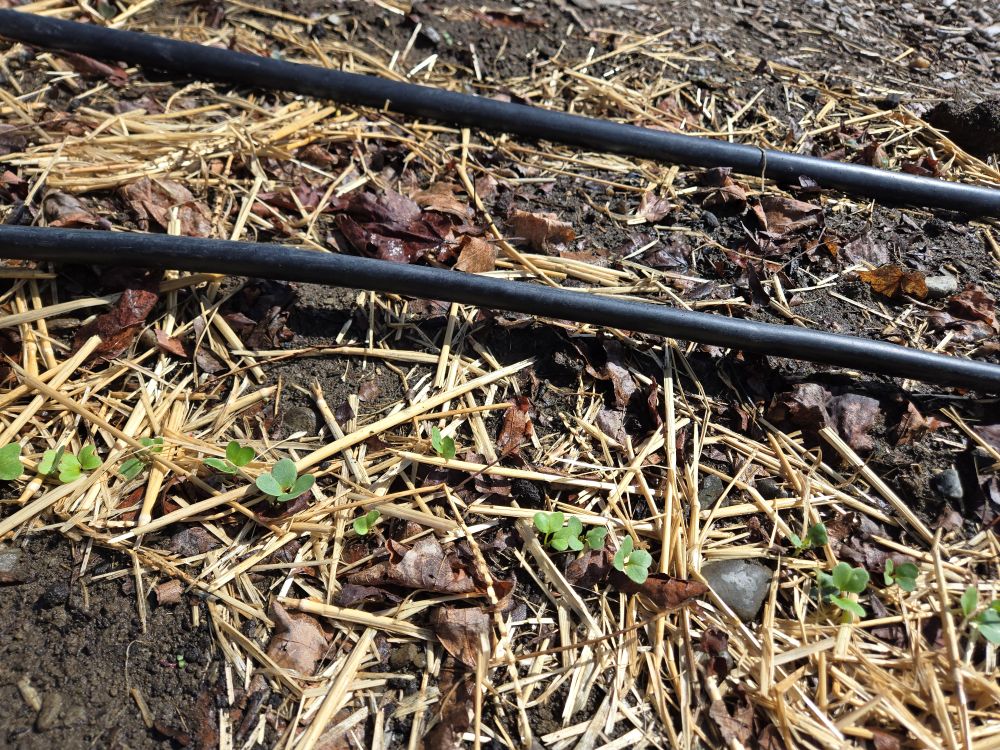
Kale and arugula seeds planted on April 18 are coming along too. Warmer temperatures and rain are helping.
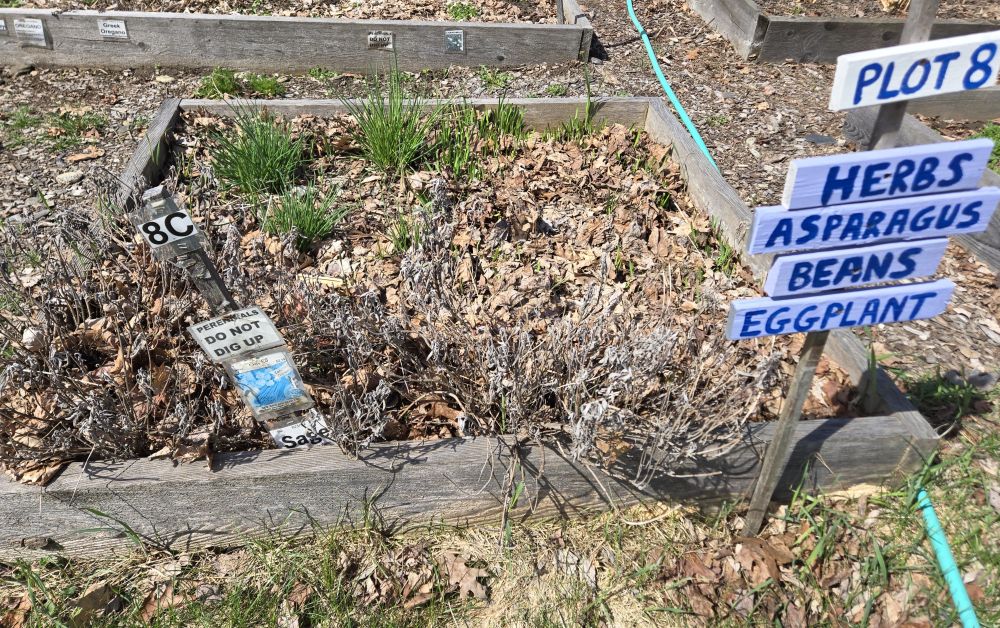
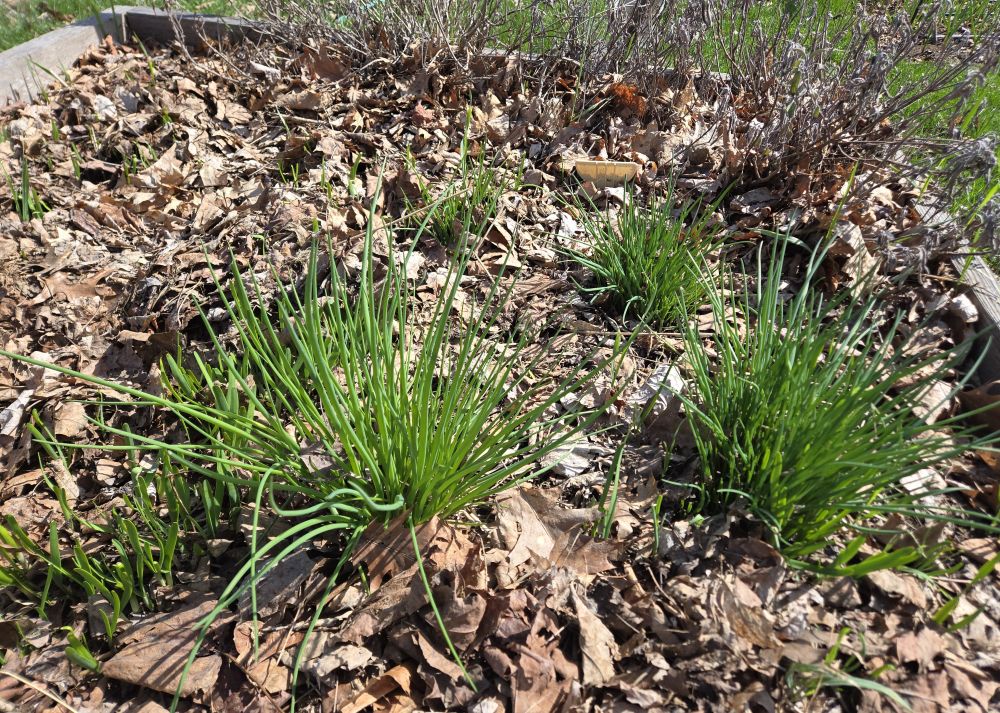
Chives are ready to snip and eat. The crop looks modest now, but this box will burst with tall chives and garlic chives. Gardeners will have to harvest regularly to keep up with it. These chives and other perennial herbs, including oregano, thyme, and French sorrel, were planted in 2014, the season the garden began.
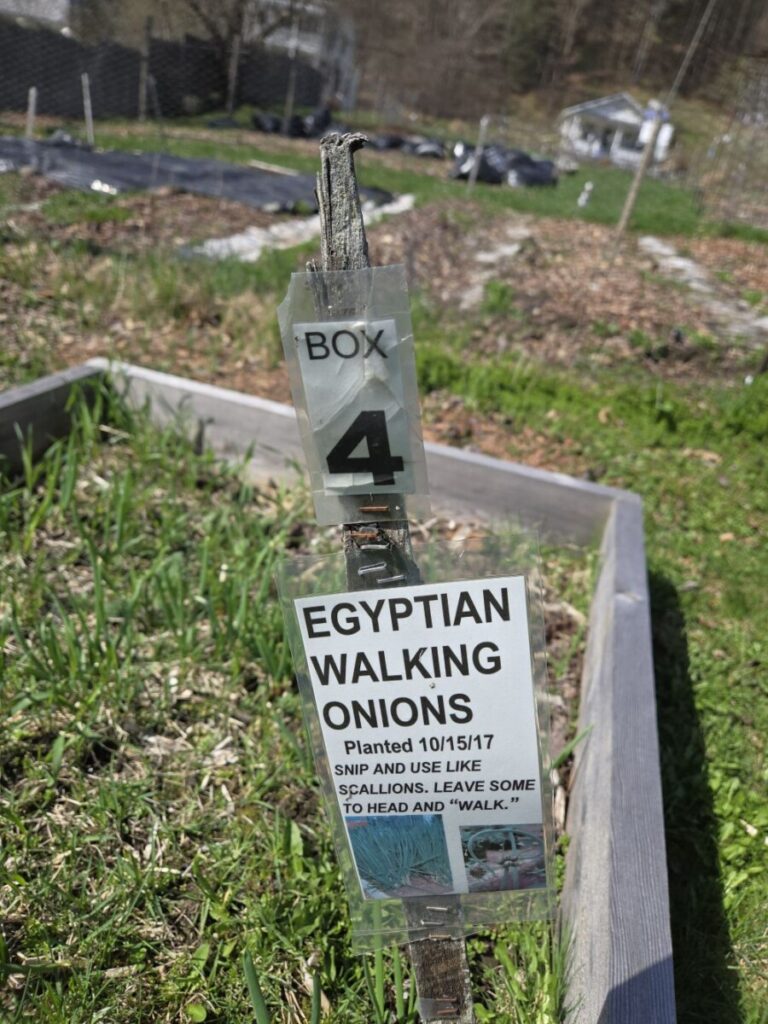
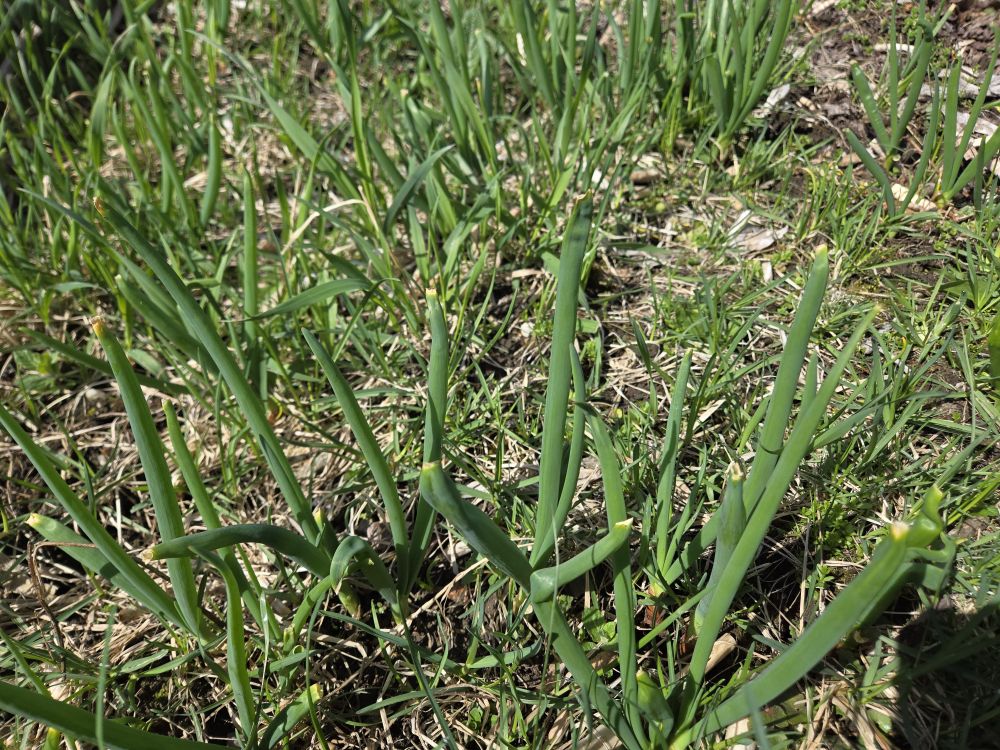
Between the lower garden fence and Compostville, four boxes host some of the few crops that deer won’t eat. These Egyptian walking onions were a gift from the coordinator of the community garden on the property of National Life Insurance, headquartered in Montpelier.
Snip or pinch off leaves to enjoy these Egyptian walking onions, kind of like a cross between chives and scallions. They’re tender and delicious. Each leaf will eventually grow a gnarly head that will get heavier and heavier until the leaf bends to the ground and the head plants itself to grow more. In this way, these onions walk, which is why containing them to a box is advised. They’re not frisky plants and haven’t jumped their boundaries here.

The garden grows so many crops, and the plant census changes throughout the season. This laminated garden plan on the fence helps gardeners see what’s here and where it is.
Crops we haven’t planted yet are in black ink, and plans for them may change. Crops in green ink have been planted. Green-ink crop names indicate just-planted seeds or seedlings, new growth, or perennials.
Each row and box that has been planted has a laminated sign showing the date planted, location, planters’ names, crop type, variety, and seed company name or seedling source. Planters are careful to leave seed packets intact enough for the garden coordinator to document all this information in the digital planting log, update the garden plan, and make signs to print, laminate, and staple to row markers and the sides of wooden beds.
Growing everything together in one big garden takes clear communication. While the garden thrives with gardeners’ many gardening styles, maintaining consistency in some systems—such as how we turn on, drain, and turn off the watering pump and hoses—allows a diverse group of gardeners with varying experience levels and physical abilities to thrive here too.
